
Vail Marketing Solutions provides everything from a full branding overhaul and business development program to a specific marketing project or campaign.
In today’s fast-paced and highly competitive business landscape of the AEC industry, having a comprehensive marketing strategy is essential for success. Whether you’re just getting started building a marketing department, or an established firm looking to rebrand and increase sales, Vail Marketing Solutions offers a one-stop solution to all your marketing and business development needs. VMS has a strong background of construction industry knowledge coupled with their “Complete Marketing Experience,” to provide a holistic approach to elevate your brand and maximize your reach.
Here’s a closer look at the array of services Vail Marketing Solutions brings to the table:
Strategic Planning
At the heart of every successful marketing campaign lies a well-thought-out strategy. Vail Marketing Solutions works closely with clients to understand their goals, target audience, and market dynamics, crafting customized strategies tailored to drive results.
Website Development
Your website is often the first point of contact for potential customers. Vail Marketing Solutions specializes in creating responsive, user-friendly websites that not only look great but also convert visitors into customers.
Content Creation & Copywriting
Compelling content is key to engaging your audience and building brand credibility. Vail Marketing Solutions boasts a team of talented writers who excel at creating captivating content across various platforms, from blog posts and articles to website copy, email and social media campaigns.
Graphic Design
Visual appeal plays a crucial role in capturing the attention of your audience. With Vail Marketing Solutions’ expert graphic designers, you can expect stunning visuals that effectively communicate your brand message, captivate your audience, and stand out among your competitors.
Brochures & Advertising
Whether it’s print or digital advertising, Vail Marketing Solutions helps you create eye-catching brochures and ads that stand out from the crowd and leave a lasting impression on your target audience.
Video Marketing, Drone, & Photography
Visual storytelling is a powerful tool for engaging customers and conveying your brand’s personality. Vail Marketing Solutions offers comprehensive video production services, including drone footage and professional photography, to bring your brand and project profiles to life.
Social Media
In today’s interconnected world, social media is an indispensable marketing tool. Vail Marketing Solutions helps you harness the power of platforms like Facebook, Instagram, YouTube, and LinkedIn to connect with your audience, build brand awareness, and drive engagement.
Email Marketing
Effective email marketing campaigns can nurture leads, drive conversions, and foster customer loyalty and engagement. Vail Marketing Solutions helps you create personalized email campaigns that resonate with your audience and deliver measurable results.
Digital Marketing & SEO
With expertise in digital marketing strategies and search engine optimization (SEO), Vail Marketing Solutions ensures that your brand gets noticed online. From pay-per-click advertising to organic search optimization, they employ cutting-edge techniques to boost your online visibility and drive traffic to your website.
Event Marketing & Tradeshows
Whether you’re hosting a corporate event or participating in a tradeshow, Vail Marketing Solutions helps you make a memorable impact. From pre-event promotion to onsite branding and post-event follow-up, they handle every aspect of event marketing to ensure success.
Tradeshow Display Design
Stand out in a crowded tradeshow hall with captivating booth designs that attract attention and drive foot traffic. Vail Marketing Solutions creates custom tradeshow displays that effectively showcase your brand and leave a lasting impression on attendees.
Presentations & Proposal Packages
From client presentations to branded proposal documents, Vail Marketing Solutions helps you communicate your ideas effectively and persuasively. Their team creates professional presentations and proposal packages that stand out from the competition to win more business.
Business Development & Sales Consulting
Beyond marketing, Vail Marketing Solutions offers strategic business development and sales consulting services to help you identify opportunities for growth, expand your market reach, connect with potential clients, and increase revenue.
Vail Marketing Solutions goes above and beyond traditional marketing agencies by offering the AEC industry a comprehensive suite of services designed to meet all your marketing needs under one roof. Whether you’re looking to launch in a new market, revamp your brand image, or simply enhance your online presence, they have the expertise and resources to make it happen. So why settle for piecemeal solutions when you can experience the complete marketing package with Vail Marketing Solutions?
 Jessica Vail – President
Jessica Vail – PresidentVail Marketing Solutions
908-528-4087
Tags:
Marketing

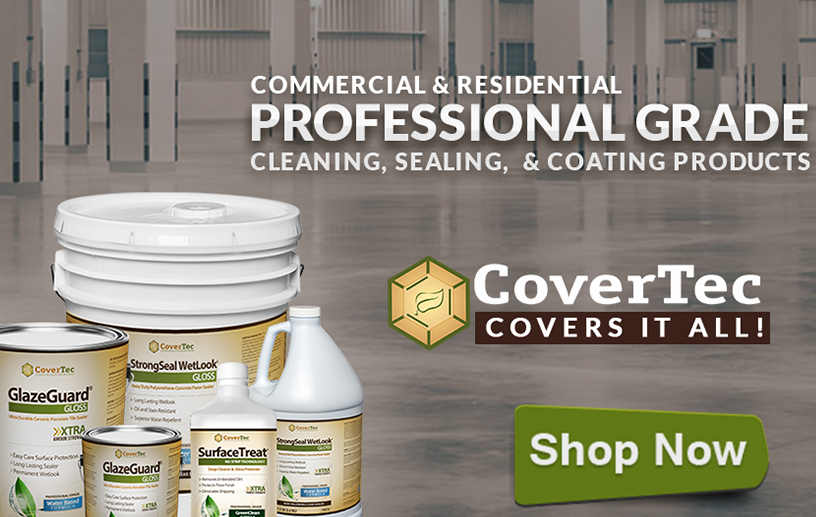




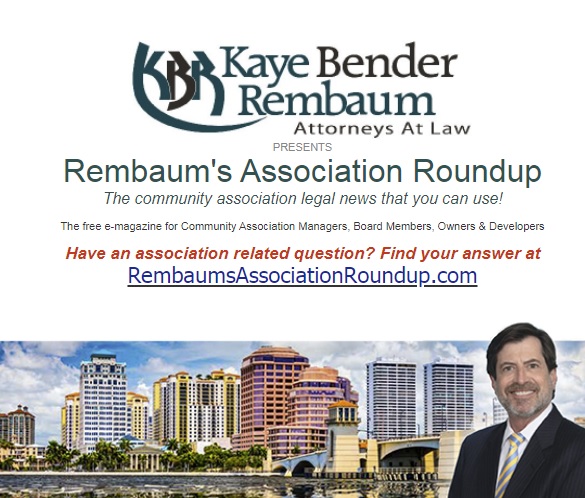





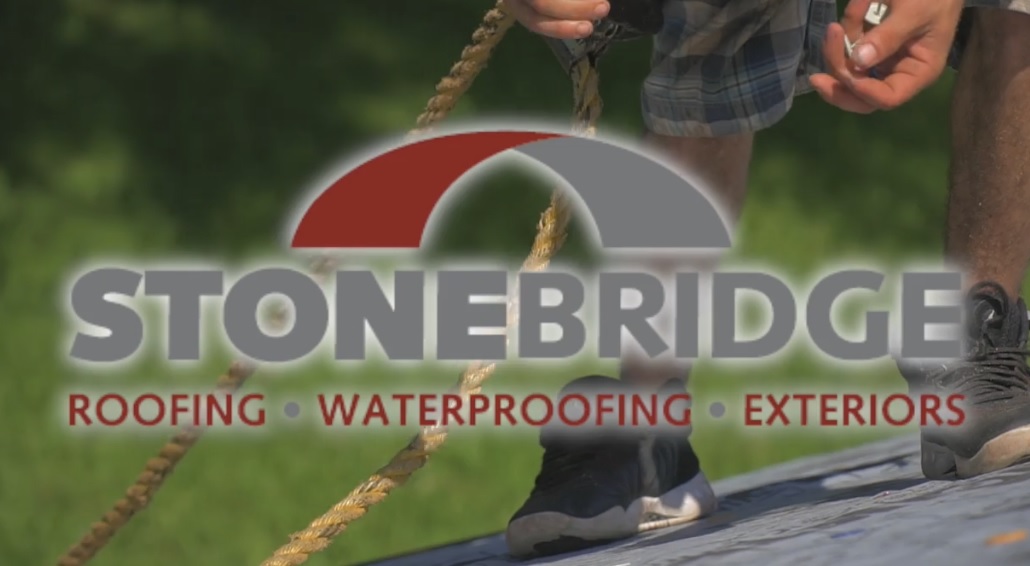
 water can enter the attic, travel along framing like trusses, and drip somewhere unrelated to the leak. If you see a new stain along an exterior wall or ceiling you may need an emergency repair.
water can enter the attic, travel along framing like trusses, and drip somewhere unrelated to the leak. If you see a new stain along an exterior wall or ceiling you may need an emergency repair. material that have dry rotted and broken away. For asphalt shingles, these are often small corners of a shingle, or in the case of shakes, small splinters of wood as these roofing materials begin to degrade with age.
material that have dry rotted and broken away. For asphalt shingles, these are often small corners of a shingle, or in the case of shakes, small splinters of wood as these roofing materials begin to degrade with age.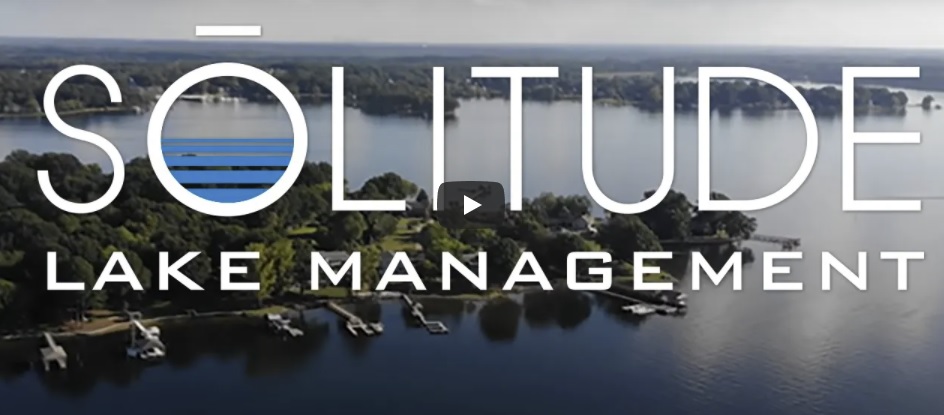







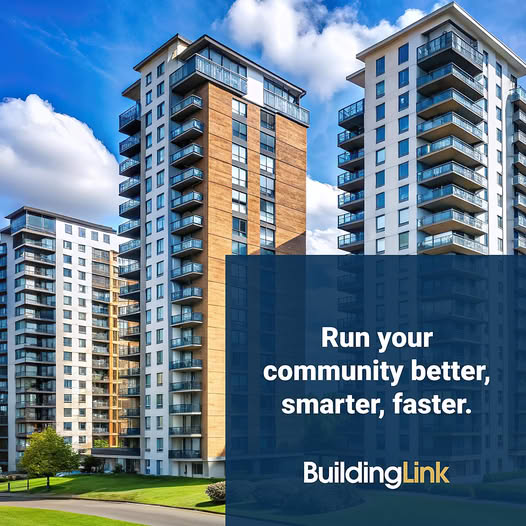




 Jessica Vail – President
Jessica Vail – President